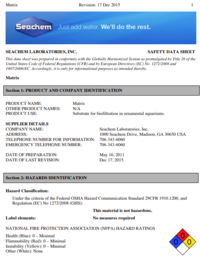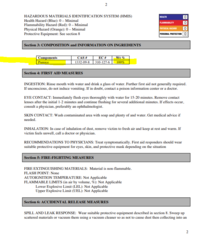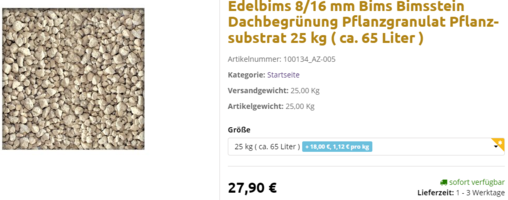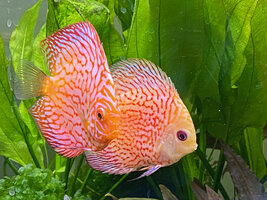No, I don’t think so it’s worth it, I use a picture of Seachem matrix in Rock scanner app and found out this thing is actually pumice, the same thing I was using all of my filter. You can buy 10kg of pumice for about about $7 here.
But are there any doubts about the composition of Matrix? Seachem needs to produce the Hazardous Materials form below to export the product, which clearly states that the composition of Matrix is 100% pumice.


As @EchinodorusScape said, pumice can be bought in bulk for a low price. I can order 25Kg (ca. 65 liters) for 28 EUR (43 cents per liter)... and the cost per Kg would be even lower if I buy 1m3. Alternatively, I can buy 4 liters of Matrix, which is exactly the same thing, for 70 EUR (17.5 EUR per liter). So, Matrix costs ~40x more than equivalent pumice 🙄 I doubt any other product in Seachem's range is able to beat the gross margin of Matrix...

Last edited:








